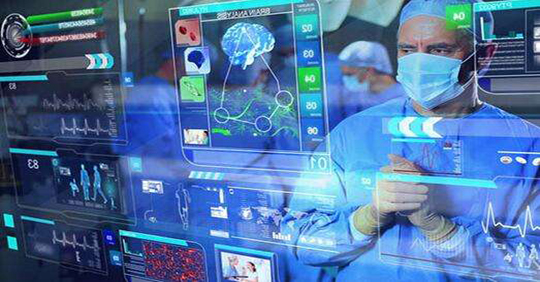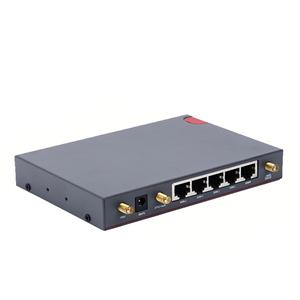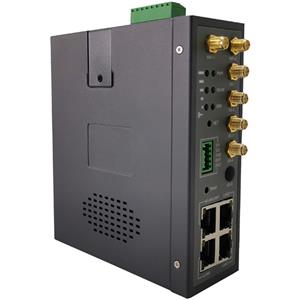IoT empowers smart healthcare
IoT empowers smart healthcare

In recent years, devoting itself to the construction of smart hospitals, and further improving the patient's experience of medical treatment with high-quality and convenient scientific and technological services, this is the only way for hospitals to transition to informatization.
We can personally experience that the hospital registration, payment, medicine collection, viewing electronic medical records, viewing inspection reports, etc. can be completed by mobile phones. In the inpatient department, after some leading hospitals have connected the system solution equipped with RFID technology, they can directly read and read the wristband worn on the patient's hand through the smart terminal PDA. The wristband chip writes the patient's diagnosis and medication. And other information, APP can also be realized at any time to view and print, regardless of area restrictions, to achieve mobile care.
Relevant hospitals report that the implementation of the mobile nursing project in the Internet of Things ward revolutionized and optimized the nursing process to achieve 100% accurate patient identification; effectively reduced the work intensity of nurses, improved work efficiency, and reduced 90% of medical staff's queries Time, return the nurse's time to the patient.
The mainstream form of IoT hospitals or future hospitals
The construction of smart hospitals mainly uses the Internet of Things technology. The principle of the Internet of Things technology is actually based on the computer Internet, using RFID, wireless data communication and other technologies to allow patients, medical staff, medicines, equipment, equipment, medical places and other people and objects Intelligently perceive and process between objects and objects, and at the same time support digital management of hospital medical information, equipment information, personnel information, etc. The Internet of Things technology provides the level of medical services and work efficiency. The essence is the use of radio frequency automatic identification (RFID) technology to realize the automatic identification of items and the interconnection and sharing of information through the computer Internet.
At present, the clinical application of the RFID technology of the Internet of Things has achieved results in mobile care, medical anti-counterfeiting, surgical management, clinical blood transfusion, patient service, mobile patient identification, baby anti-theft, material management, and medical quality control.
The construction of smart medical treatment cannot be separated from the Internet of Things technology
The core technology of the Internet of Things is still in the cloud, and cloud computing is the core technology of the Internet of Things. The three key technologies and fields of the Internet of Things include key technologies: sensor technology, RFID tags, and embedded system technology.
Sensor technology is a key technology in computer applications. It converts analog signals in transmission lines into digital signals that can be processed and passes them to the computer for processing.
RFID, known as Radio Frequency Identification, is a comprehensive technology that integrates radio frequency technology with embedded technology. It will be widely used in automatic identification and item logistics management in the near future.
Embedded system technology is a complex technology that integrates computer software, computer hardware, sensor technology, integrated circuit technology, and electronic application technology.
For more than 4 years, the Guangdong Province Network Hospital has set up 21 network hospital branches in 21 cities across the province, built 13,987 network consultation points, and opened 8,500 daily. Utilizing the Internet of Things technology to simplify the medical process, after the first year of 5G this year, it will be accelerated to the agenda, and eventually the medical object will be automated, visualized, and digitally managed, which will comprehensively improve the medical security and quality.




